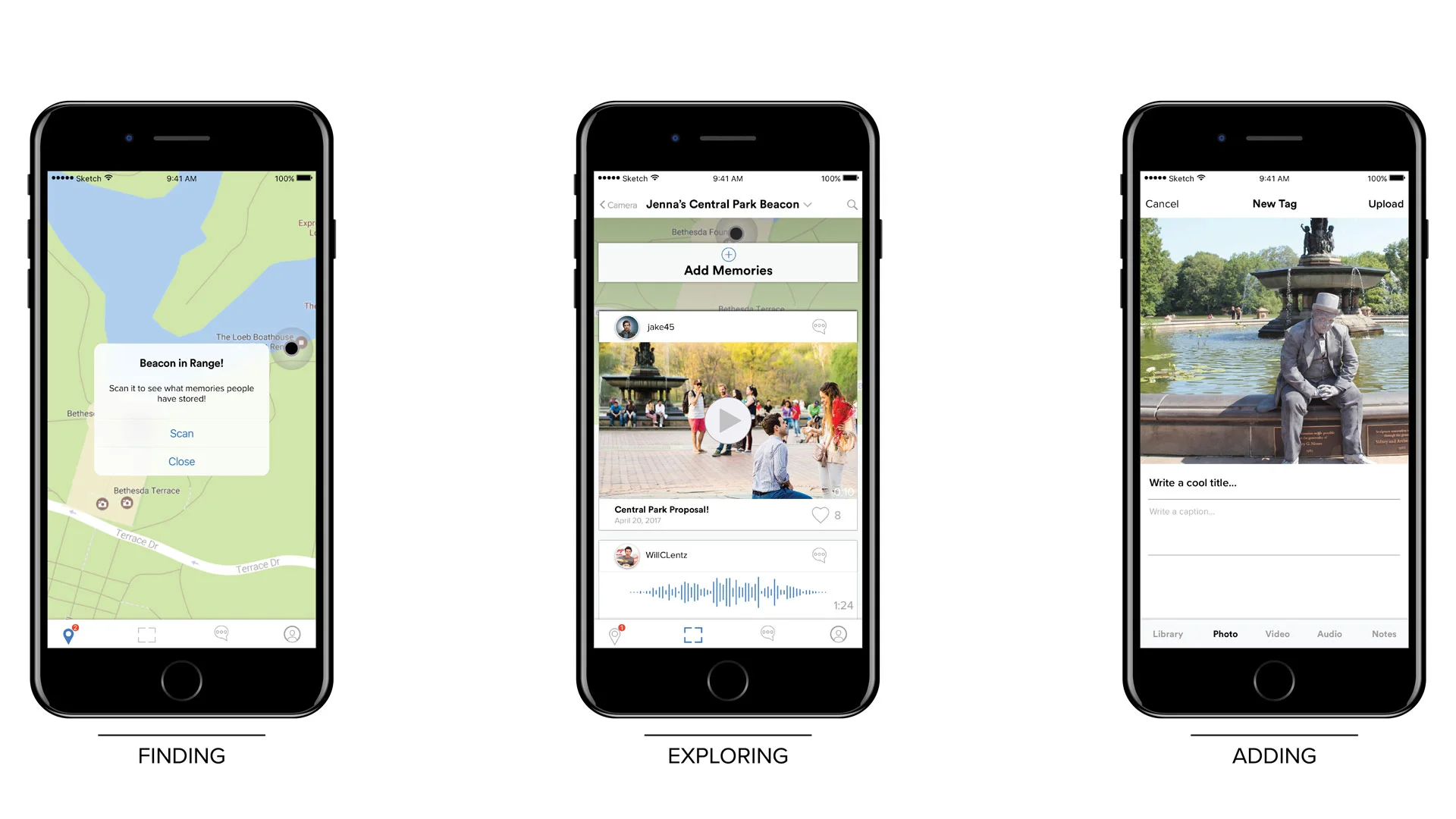INVISIBLE TETHERS: How Time and Memory Shape Products and Places
Arjun Kalyanpur’s master’s thesis, Invisible Tethers, posits that people are connected to one another through time via shared experiences and history with objects and places. Initially driven by a personal fascination with time, it was not until a trip to California that his thesis began to take shape.
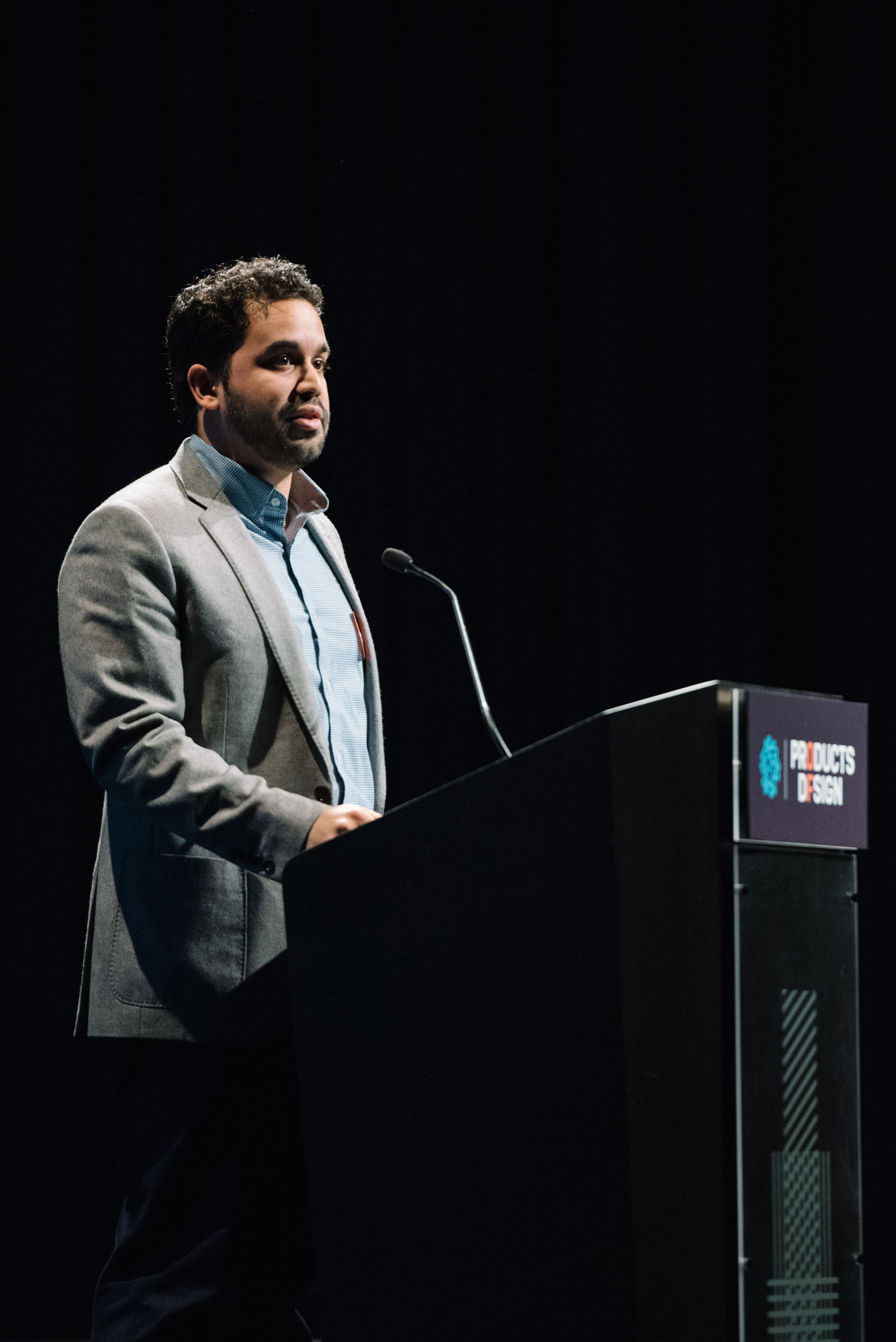
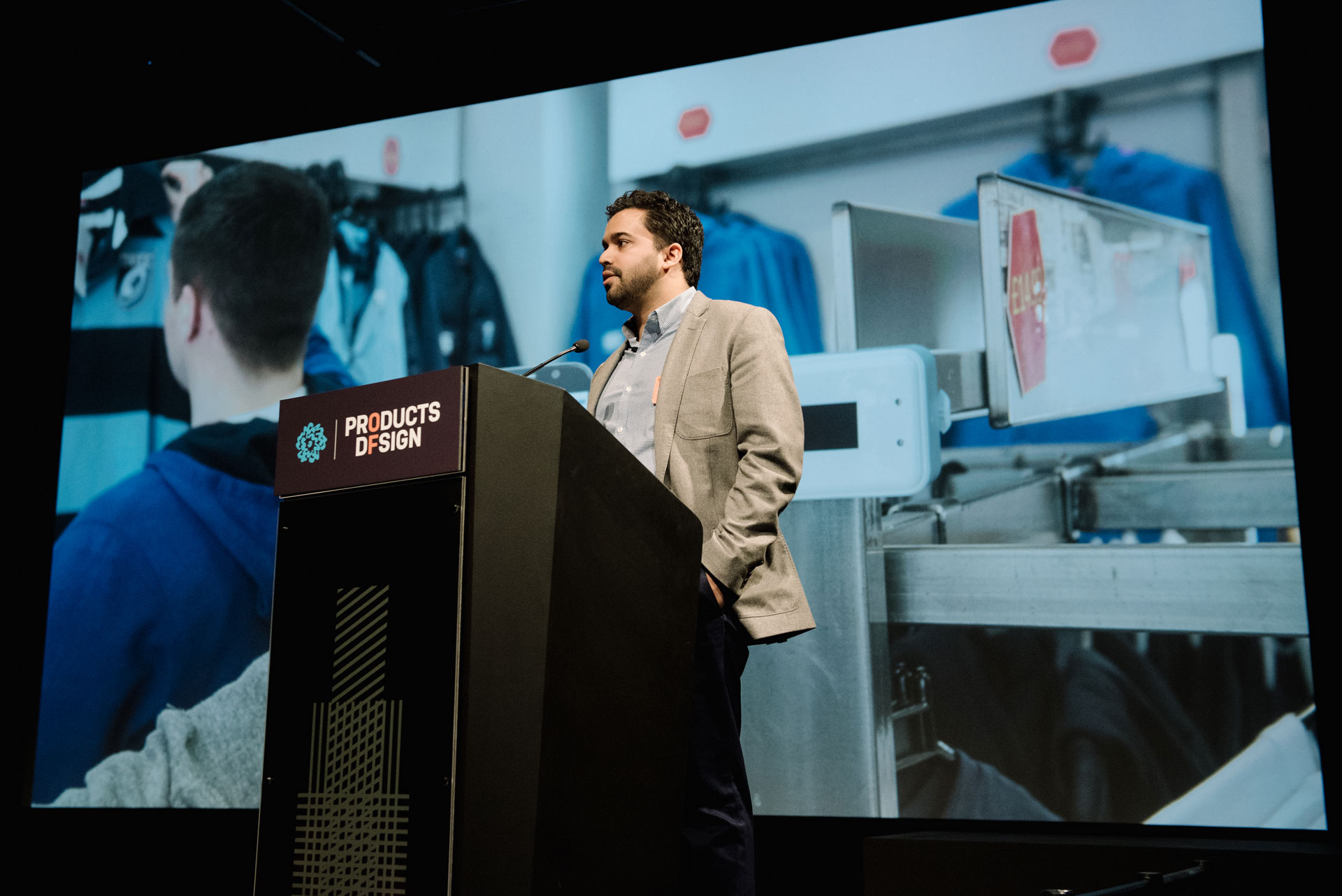



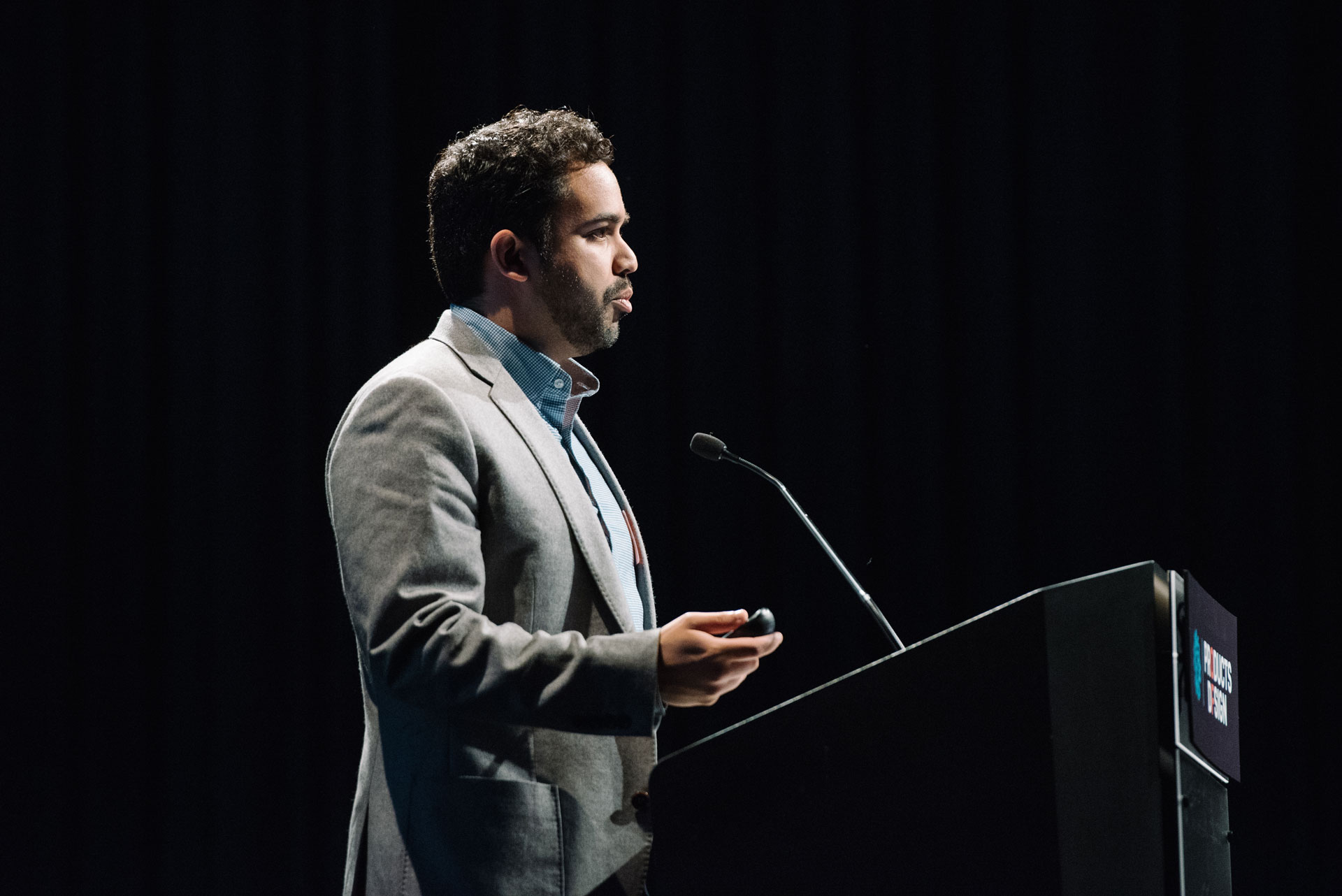



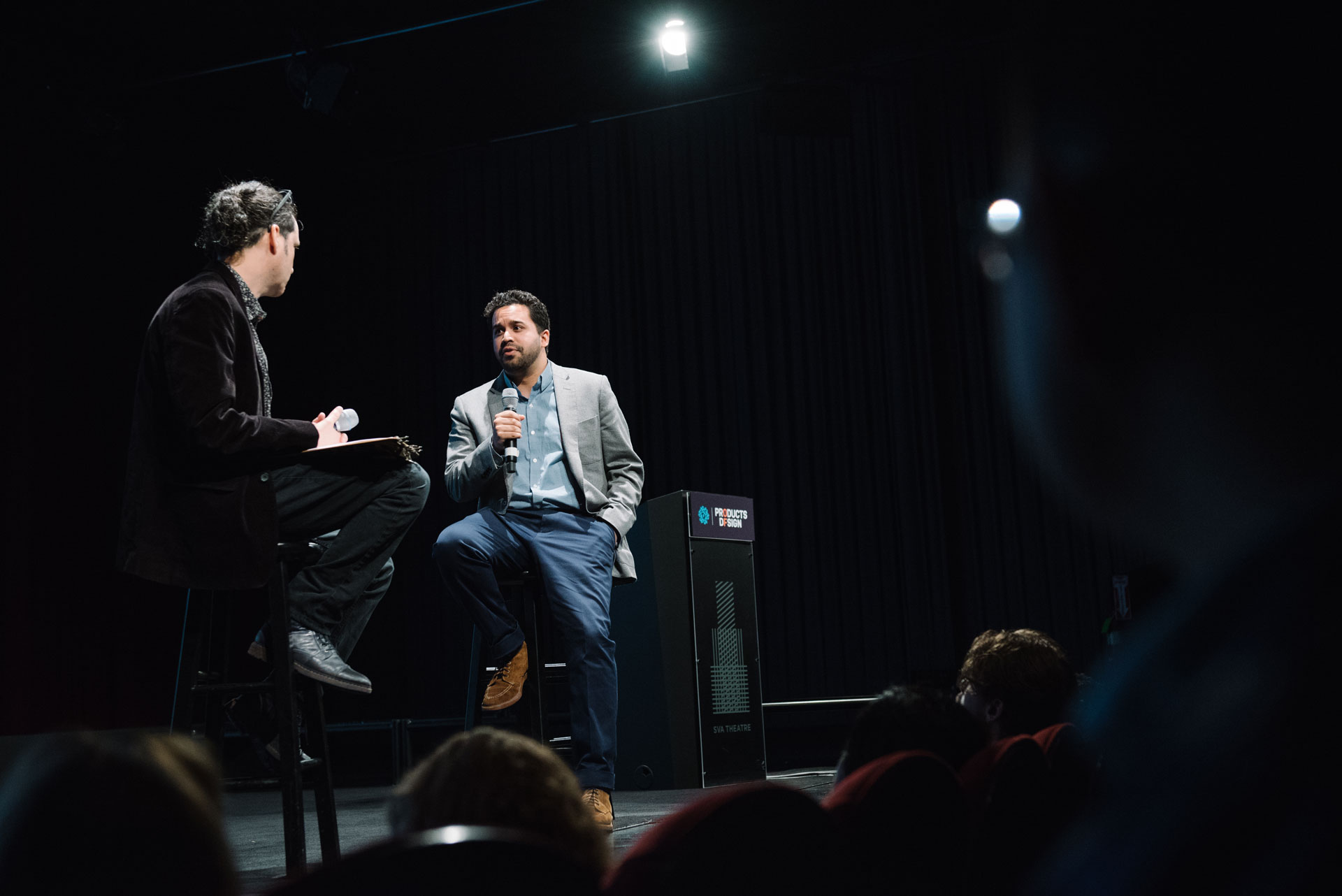


On November 26, 2004, Arjun’s cousin, Sagarika, passed away from cancer. To honor her memory, Sagarika’s family installed a plaque at the hospital where she resided during her time in treatment. Every few years, Arjun would return to Los Angeles to visit Sagarika’s family and her plaque on the anniversary of her passing—November 26th.
“The fact that there was this place—no matter if I was present or not—that connected my family together, filled me with awe and comfort.”
As he stood there on November 26th, 2016, Arjun realized that no matter where his life or travels took him, he would always return to this specific place—this plaque. Similarly, his family members would as well, even if he was not there with them. “The fact that there was this place—no matter if I was present or not—that connected my family together, filled me with awe and comfort,” said Arjun.
Arjun was fascinated by the social aspects of this “shared history,” and believed it held the key to a new type of personal connection. In prompting people to experience and discover our common histories, he sought to create and foster this new connection.
Prolog (Beacon and App)
Early on in his design process, Arjun speculated that a new social network could be created from this history we all share. Ultimately, he developed a paired product and app service known as prolog.
Prolog combines the typologies of time capsules and social networks, allowing people to record, access and connect via shared memories in hyperlocal space.
Prolog functions via two linked design artifacts—a physical product, known as the “beacon,” which connects to the app. Prolog combines the typologies of time capsules and social networks, therefore allowing people to record, access and connect via shared memories in space. The beacons utilize iBeacon technology, which allows the app to understand where the user is on a precise, hyperlocal scale. As a result, it pushes customized and contextual content to the users' phones.
Consumers purchase a set of beacons, place them where they desire, and use the app to upload media of their choosing to the beacon, where it will stay as long as the beacon is active. Given their low power usage, the beacons can last for years.
On the “discoverers” side, users are notified when near a beacon. They will see a map that indicates where the beacon is. Once within range, they can see the media other prolog users have uploaded to it, as well add their own memories. They can also start text conversations with former “taggers,” thereby creating a personal connection that otherwise would not have existed.
Keepsake Travel Agency
Arjun also explored re-envisioning and re-contextualizing travel. Towards the end of his yearlong thesis process, he created the Keepsake Travel Agency as an experience design intervention for couples and single travelers.
In his research around objects that can be imbued with memory and serve as reminders of past experiences, Arjun specifically looked into souvenirs. He disagreed with the current notion of souvenirs as true emotional reminders of a memorable journey.
“By purchasing souvenirs at the end of a trip, we rob them of their true emotional value as they did not experience the journey with you.”
Arjun states, “Souvenirs are flat, one-dimensional representations of the emotional value of a trip.” He further points out, “By purchasing mementos at the end of a trip, you are robbing them of their true sentimental value as they did not experience the journey with you.”
In contrast, the Keepsake Travel agency sells travelers both a unique itinerary AND a souvenir to accompany them and take photos with during a self-guided tour. Rather than being a passive reminder of a beloved trip, these souvenirs become active companions of one’s travels, and are imbued with much more sentimental and emotional value.
In a pilot version of the experience, the object was a small toy truck. Of the two tour groups that participated, one traveled from the Flatiron District to the Financial District, while the other traveled from the Flatiron District to Harlem.
The directives in their travel brochure instructed them to visit landmarks as well as unique locations, such as the Battery Park Sphere or the fountain at Columbia University. At every specified location, each group had to take photos of their respective objects, with encouragement to be creative. At the end of the journey, the travelers were given the option to get a refund on their trip or keep the object, despite knowing that the object cost much less than the journey itself. Interestingly, both groups chose to keep their objects, and actually expressed interest in paying for a similar experience in the future.
Ultimately, Arjun found it fascinating that the truck actually came to redefine the entire journey. By having the toy be a focal point of photography, the traveler associated it with their trip and would enjoy thinking back on their experience more.
Pilgrimage
Shifting towards more pure service design, Arjun looked to the experiential travel sector. Adventure travel services are becoming more and more popular as tourists, especially millennials, seek unique activities and experiences when they go abroad.
Viewing this behavior through his “shared history,” Arjun created Pilgrimage, a travel service that recreates and reserves historical trips. There are three unique packages offered through this service—Showcase, Nostalgia and Catharsis.
Travelers can choose to recreate the journey of Lewis and Clark. Pilgrimage provides an itinerary and schedule based on the historic route, and travelers are given the option to choose where they can start and end their trip.
The Showcase package is the most traditional of the options—it allows users to choose a famous explorer whose path they want to follow. Such explorers and trips include Marco Polo’s journey through Asia, Columbus’ discovery of the New World, Amelia Earhart’s flight across the globe (without disappearing at the end), and Lewis and Clark’s Expedition across the western United States, to name a few.
In the example below, travelers can choose to recreate the journey of Lewis and Clark. Pilgrimage provides an itinerary and schedule based on the historic route, and travelers are given the option to choose where they can start and end their trip. The package also includes accommodations, vehicle rentals and food.
In the Nostalgia package, users can enter details about an old family trip they would like to retake, and Pilgrimage will book the whole experience. If they can’t remember all the details themselves, they can invite those family and friends via Pilgrimage to collectively recreate the details of the trip. In doing so, Pilgrimage offers users a new way to reconnect with their past and with their families through the power of history.
Lastly, in the Catharsis package, users can deeply connect with a loved one who has passed, be it a friend or family member. By sending in journals, photographs and other mementos, Pilgrimage will research and recreate the journey the loved one had taken. This can be done through location-finding algorithms, interviews and other techniques, which will allow Pilgrimage to recreate the places and times of a loved-one’s travels.
By allowing users to retrace their loved one’s footsteps, they can connect with that person even though they are no longer here—through experiencing the very same journey in their own unique, emotional and memorable way.
Learn more about Arjun Kalyanpur's work at arjun-kalyanpur.com, and contact him at arj.kalyanpur@gmail.com.




